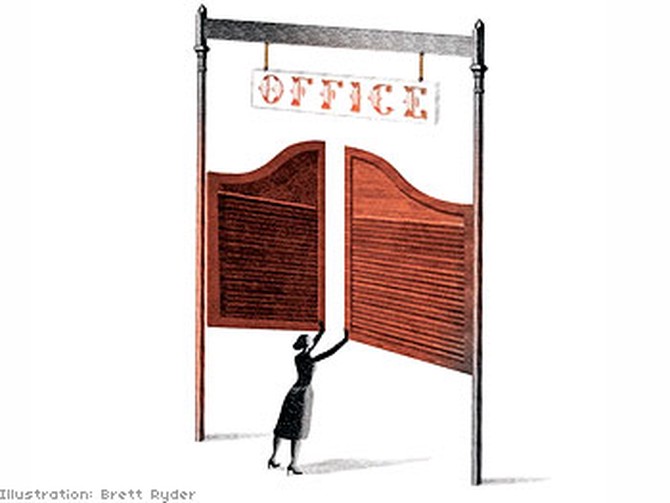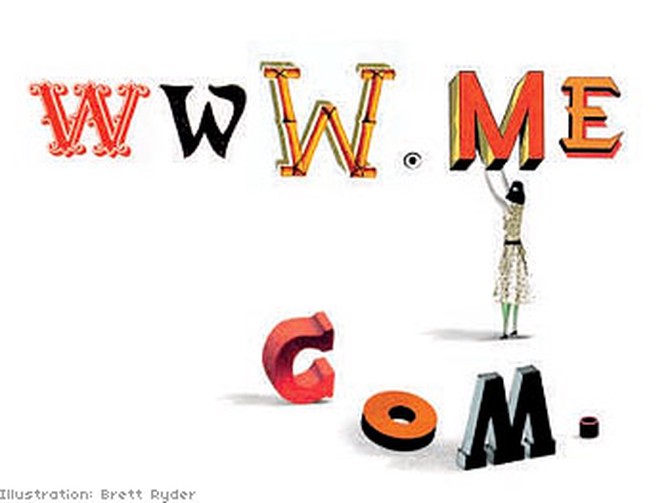Get In Gear

How to Start a Wine Cellar
Every well-prepared hostess should have a well-stocked wine cellar—but the seemingly infinite options can be paralyzing. So...start sipping! Lyle Fass, wine director for Crush Wine & Spirits, makes suggestions on how to get your cellar off the ground.
Every well-prepared hostess should have a well-stocked wine cellar—but the seemingly infinite options can be paralyzing. So...start sipping! Lyle Fass, wine director for Crush Wine & Spirits, makes suggestions on how to get your cellar off the ground.
- Become a regular. Find a shop where you feel comfortable, and start buying by the case so you can try a variety of wines. Most retailers will put together mixed cases, and many even offer discounts on them. Ask for the salespeople's guidance. Once you form a relationship with the staff, they'll be full of suggestions every time you come in.
- Age wisely. If you plan on aging some wines, ask the salesperson which ones will actually improve over time—most bottles are best opened within a year of their release (not necessarily the year in which the grapes were harvested). One exception is champagne—almost all vintage champagnes age beautifully.
- Pick some sure things. There's no need to get obsessed with buying only the "right" years—while some are certainly better than others overall, good winemakers will turn out a good product in any year. A few guidelines can get you started, though: Consider vintages of 1995 and 2000 in Bordeaux; 1997 in Piedmont and Tuscany; 2001 and 2002 in California.
- Maintain a little variety. The goal is to stock your cellar with wines you love. If your tastes are rather narrow, however, include a few other options for the benefit of guests. For example, even if you drink only reds, keep a few whites in your collection. And always have a couple of bottles of champagne on hand for impromptu celebrations.
- Provide a stable home. Ideally, wine is stored at 54 degrees and 70 percent humidity. Realistically, as long as you avoid wide fluctuations in temperature, your collection will be fine in any kitchen cabinet. Most basements are also a good bet—as long as the wines aren't stored near the dryer or water heater. Always store bottles you plan to keep for more than six months on their sides so their corks don't dry out.

How to Start a Conversation with a Stranger
Cynthia McFadden, coanchor of ABC's Nightline, has broken the ice with her fair share of strangers: from Madonna and Cher to the last five U.S. presidents. Here are a few guidelines she's picked up along the way:
Cynthia McFadden, coanchor of ABC's Nightline, has broken the ice with her fair share of strangers: from Madonna and Cher to the last five U.S. presidents. Here are a few guidelines she's picked up along the way:
- A compliment is always a great opener. If you say something nice—about a tie, a pair of shoes, a haircut—people will usually respond positively. Insincerity is easily detected, so make sure you mean it. Or approach someone with a benign question, such as "What are you reading?" or "Where are you from?" Whatever you do, don't begin with a lecture about yourself.
- Smile and make eye contact. "We're much more instinctive than we realize," McFadden says. "If someone's smiling and nodding her head, we immediately feel more at ease."
- If you find out whom you're going to be meeting, do a bit of research. Knowing a little about whom you're talking to and what their interests are makes it much easier to begin a conversation. If you don't have the advantage of a background check, with a little prodding, people are usually very happy to tell you about their childhood, their work, or their family.
- Don't fear silence. "Sometimes, in a nervous burst of energy, we find ourselves talking too much," says McFadden. "But one of the things you learn as an interviewer is not to be afraid of pauses, especially when you're talking to someone you don't know. Give them a chance to respond."
- Stay attuned to the other person's signals. If they offer only terse replies or avoid eye contact, accept that the conversation isn't happening and let go. Don't take it personally; sometimes people just don't feel like talking.

How to Start a New Job
Starting out on the right foot at a new job can be just as tricky as getting one in the door in the first place. Mary Mitchell, corporate trainer and author of Class Acts: How Good Manners Create Good Relationships and Good Relationships Create Good Business, offers her guidelines for laying a strong foundation in those first weeks:
Starting out on the right foot at a new job can be just as tricky as getting one in the door in the first place. Mary Mitchell, corporate trainer and author of Class Acts: How Good Manners Create Good Relationships and Good Relationships Create Good Business, offers her guidelines for laying a strong foundation in those first weeks:
- It's natural to feel out of place in the beginning, but resist the temptation to engage in office gossip or to get pulled into a clique right away.
- Accept that there's always a learning curve, and own up to what you don't know. "If everyone's using an acronym you don't understand, speak up," Mitchell says. "You actually show an enormous amount of self-confidence when you say, 'I've never heard that term before. Can you explain it to me?'"
- Avoid the chorus of "at my old job, we did it this way." It will only annoy your new colleagues. Instead try saying, "I've seen this approached differently, and here's how."
- It sounds elementary but bears repeating: Thank people when they help you. Don't assume that just because you're the new person, someone is obliged to show you how to use your voicemail or fix the copier.
- Be upbeat, and don't bore people with your personal life. "Your new coworkers don't need to know about your headache or latest dental problem," Mitchell says. "And while you can certainly talk about your husband or kids early on, don't show up with your wedding album or baby pictures."

How to Start Your Own Website
The creation of the first website was a feat of technical wizardry. More than 15 years later, starting a site is simple enough for mere mortals. Jonathan Schnapp, a Web designer and instructor at New York University School of Continuing and Professional Studies, explains how to make it all click:
The creation of the first website was a feat of technical wizardry. More than 15 years later, starting a site is simple enough for mere mortals. Jonathan Schnapp, a Web designer and instructor at New York University School of Continuing and Professional Studies, explains how to make it all click:
- Find a home and address. Unlike most real estate markets, space on the Web is cheap and easy to come by. Web-hosting companies rent out room on their servers, often for a pittance. Most of these companies will also sell you a domain name, or address, and have directories on their sites so you can see what's available. Many ISPs (Internet service providers), like Yahoo and AOL, offer members a few free megabytes (translation: a whole lot) of space on the Web, but if you choose this route you won't have your own domain.
- Design it. Create a flowchart, starting with the homepage. Determine what text and images will be on each page and how the pages will link together. Try to keep fonts and colors consistent, and include headers on each page that explain where you are and link back home.
- Build it. Most hosting companies have templates that you can use when it's time to get technical. The upside is that they're virtually foolproof. The downside: You have limited control over the results. Instead, consider using Dreamweaver, a program that edits HTML code for you. Photoshop is also worth the investment if your site will include a lot of images. You can take both programs for 30-day free test runs before you commit. If you feel overwhelmed at any point, there are various outlets to turn to for guidance. Most Web hosting companies have tech support teams that will help with troubleshooting; macromedia.com and adobe.com have active message boards where seasoned developers are happy to answer questions. For face-to-face help, sign up for a basic Web design class at a local college or university.
- Share it. You'll need to use FTP (file transfer protocol) software to upload the pages you've built to your host's server for the world to see. If you have a PC, you can download it from cuteftp.com. If you have a Mac, use fetchsoftworks.com.
From the January 2006 issue of O, The Oprah Magazine

